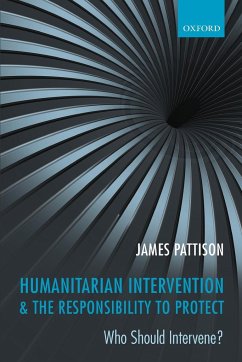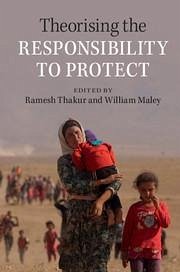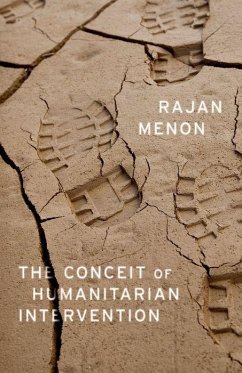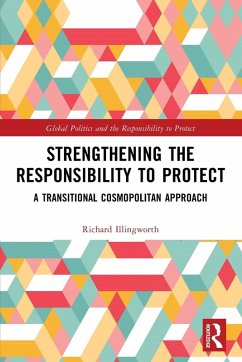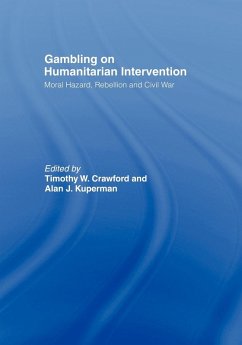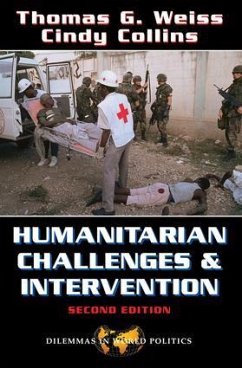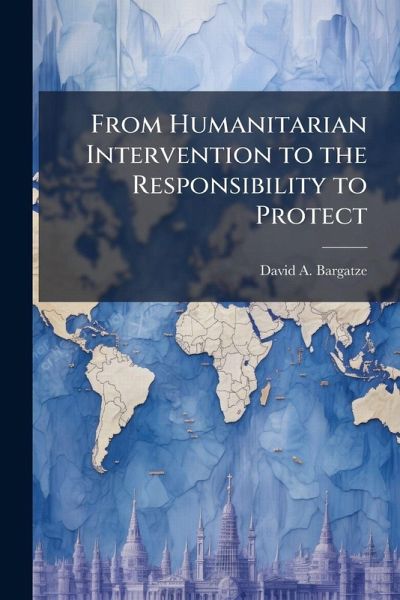
From Humanitarian Intervention to the Responsibility to Protect

PAYBACK Punkte
7 °P sammeln!
In 1999, NATO engaged in a humanitarian intervention without the authorization of the United Nations Security Council to stop ethnic cleansing by Serbians against ethnic Albanians in Kosovo. While the Serbian campaign against the Kosovars eventually ended, the NATO operation took longer than anticipated, caused hundreds of civilian deaths, and set the conditions that enabled the crisis to become worse before it ended. Following the intervention, the international commission established to review the operation deemed it legal, but unlawful, as it ended the crisis, but did so by the use of armed...
In 1999, NATO engaged in a humanitarian intervention without the authorization of the United Nations Security Council to stop ethnic cleansing by Serbians against ethnic Albanians in Kosovo. While the Serbian campaign against the Kosovars eventually ended, the NATO operation took longer than anticipated, caused hundreds of civilian deaths, and set the conditions that enabled the crisis to become worse before it ended. Following the intervention, the international commission established to review the operation deemed it legal, but unlawful, as it ended the crisis, but did so by the use of armed force against a sovereign state without the consent of the Security Council. In an attempt to reconcile the competing interests of sovereignty and protection of civilians, an international commission proposed the responsibility to protect, which it placed on the pillars of prevention of, reaction to, and rebuilding after crimes against the civilian population. States had the primary responsibility as sovereigns to protect civilians under their power. This work has been selected by scholars as being culturally important, and is part of the knowledge base of civilization as we know it. This work was reproduced from the original artifact, and remains as true to the original work as possible. Therefore, you will see the original copyright references, library stamps (as most of these works have been housed in our most important libraries around the world), and other notations in the work. This work is in the public domain in the United States of America, and possibly other nations. Within the United States, you may freely copy and distribute this work, as no entity (individual or corporate) has a copyright on the body of the work. As a reproduction of a historical artifact, this work may contain missing or blurred pages, poor pictures, errant marks, etc. Scholars believe, and we concur, that this work is important enough to be preserved, reproduced, and made generally available to the public. We appreciate your support of the preservation process, and thank you for being an important part of keeping this knowledge alive and relevant.



